In the intricate web of global trade, China stands out as a pivotal player, driving significant economic activity and global supply chains. As of 2023, China continues to be the world’s largest exporter, contributing over 15% to global exports. Its vast manufacturing capabilities and strategic position make it a linchpin in the international shipping industry. Understanding the dynamics of shipping containers from China is crucial for businesses looking to navigate the complexities of global trade effectively.
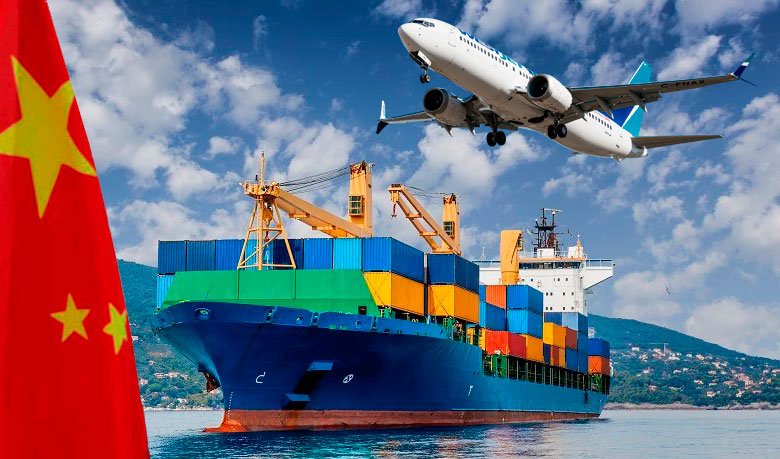
Table of Contents
The Importance of China in Global Shipping
1 China’s Dominance in Manufacturing and Export
China’s manufacturing prowess is unparalleled, with the country being the primary source of a myriad of products consumed worldwide. According to the latest data from China Customs Statistics, China’s export volume exceeded $3 trillion in 2022, marking a significant milestone in its trade history. Key exports include electronics, machinery, textiles, and a wide range of consumer goods. This vast manufacturing and export capacity positions China as a critical hub in the global supply chain.
China’s export landscape is characterized by its ability to produce goods at scale, often at lower costs due to economies of scale and efficient production processes. This competitive advantage has made it a preferred source for businesses across the globe, seeking cost-effective and high-quality products. Furthermore, China’s continuous investment in technological advancements and upgrading its manufacturing capabilities ensures that it remains at the forefront of global trade.
2 Major Chinese Ports and Shipping Routes
China’s strategic geographical location and extensive coastline facilitate its dominance in global shipping. The country is home to several major ports, including Shanghai, Shenzhen, Ningbo, Qingdao, and Tianjin, which rank among the busiest ports globally. According to the World Shipping Council, the Port of Shanghai alone handled over 43 million TEUs (twenty-foot equivalent units) in 2022, making it the world’s busiest container port.
These ports serve as critical nodes in the international shipping network, connecting China with major global markets. Key shipping routes from these ports include trans-Pacific routes to North America, Europe-Asia routes, and intra-Asia routes. The efficiency and capacity of these ports play a pivotal role in ensuring the smooth flow of goods across the globe.
The infrastructure at these ports is continually being upgraded to handle increasing volumes of cargo and accommodate the largest container ships. Advanced logistics and warehousing facilities, coupled with efficient customs processing, ensure that goods are moved quickly and efficiently. China’s focus on enhancing its port infrastructure aligns with its broader strategy to solidify its position as a global trade leader.
3 The Strategic Importance of China’s Shipping Routes
China’s shipping routes are strategically aligned to maximize trade efficiency and minimize transit times. The Belt and Road Initiative (BRI), a flagship project aimed at enhancing global trade connectivity, further underscores China’s commitment to strengthening its shipping routes. The BRI encompasses numerous maritime routes that link China with key markets in Asia, Africa, and Europe, creating new opportunities for trade and investment.
These routes not only facilitate the movement of goods but also enhance economic cooperation and integration among participating countries. By developing infrastructure and establishing trade corridors, China is playing a crucial role in reshaping global trade patterns. Businesses that leverage these routes can benefit from reduced shipping times, lower costs, and access to new markets.
Types of Shipping Containers and Their Uses
Shipping containers are the backbone of global trade, facilitating the movement of goods across vast distances efficiently and securely. Different types of containers are designed to meet specific shipping requirements, ensuring that cargo is transported safely and in optimal condition. Understanding the various types of shipping containers and their uses is crucial for businesses to make informed decisions about their logistics strategies.
1 Standard Dry Containers
Standard dry containers, also known as general-purpose containers, are the most commonly used type of shipping container. They are used to transport a wide range of goods that do not require temperature control. These containers are available in various sizes, with the 20-foot and 40-foot containers being the most prevalent.
- Dimensions and Capacity: A standard 20-foot container (TEU) typically measures 20 feet in length, 8 feet in width, and 8.5 feet in height, with a capacity of about 33 cubic meters. A 40-foot container (FEU) has similar dimensions but with double the length, offering a capacity of approximately 67 cubic meters.
- Uses: These containers are versatile and can be used for shipping consumer goods, textiles, electronics, machinery, and many other types of cargo. They provide a secure and weather-resistant environment for the transported goods.
- Industries: Virtually every industry utilizes standard dry containers due to their flexibility and cost-effectiveness. From retail to manufacturing, businesses across the globe rely on these containers for their shipping needs.
2 Reefer Containers
Reefer containers, short for refrigerated containers, are specially designed to transport perishable goods that require controlled temperatures. These containers are equipped with refrigeration units that maintain a specified temperature range throughout the journey.
- Temperature Control: Reefer containers can maintain temperatures ranging from -30°C to +30°C (-22°F to +86°F), making them ideal for transporting temperature-sensitive goods such as fresh produce, pharmaceuticals, and frozen food items.
- Uses: Besides food and pharmaceuticals, reefer containers are also used for transporting chemicals, flowers, and other products that require a stable temperature.
- Industries: The food and beverage industry, pharmaceutical companies, and chemical manufacturers are the primary users of reefer containers. These industries depend on the reliability of reefer containers to ensure their products reach the market in optimal condition.
3 Specialized Containers
Specialized containers are designed for specific types of cargo that cannot be accommodated by standard dry or reefer containers. These containers come in various forms, each serving a unique purpose.
- Open Top Containers: These containers have a removable top, allowing for the easy loading and unloading of oversized or heavy cargo that cannot fit through standard container doors. They are commonly used for transporting machinery, timber, and scrap metal.
- Flat Rack Containers: Featuring collapsible sides, flat rack containers are ideal for shipping large, heavy items such as construction equipment, vehicles, and industrial machinery. They offer flexibility for loading and securing irregularly shaped cargo.
- Tank Containers: Tank containers are used for transporting liquid cargo, including chemicals, oils, and hazardous materials. They are built to stringent safety standards to prevent leaks and spills during transit.
Shipping Processes from China
Shipping goods from China involves a series of well-coordinated steps, each crucial for ensuring that cargo reaches its destination in a timely and efficient manner. Understanding these processes helps businesses streamline their logistics operations and avoid potential delays.
1 Step-by-Step Shipping Process
Export Documentation Requirements
- Commercial Invoice: A detailed invoice listing the shipped goods, their value, and the terms of sale.
- Packing List: An itemized list of the contents of each package, including dimensions and weight.
- Bill of Lading: A legal document issued by the carrier that outlines the shipment details and serves as a receipt.
- Export License: Certain goods may require an export license from Chinese authorities.
- Certificates of Origin: Documents certifying the origin of the goods, often required by the importing country. [Source: China International Freight Forwarders Association (CIFA)]
Loading and Transporting to the Port
- Inland Transportation: Goods are transported from the factory or warehouse to the port using trucks, trains, or barges.
- Container Loading: Cargo is loaded into shipping containers, ensuring proper packaging and securing to prevent damage during transit.
Customs Clearance Procedures
- Export Declarations: Submission of required documentation to Chinese customs authorities for clearance.
- Inspection: Customs officers may inspect the cargo to ensure compliance with export regulations.
- Duty Payment: Payment of any applicable duties and taxes is required for certain goods. [Source: China International Freight Forwarders Association (CIFA)]
2 Incoterms: DDP Explained
Delivered Duty Paid (DDP) is an Incoterm that places maximum responsibility on the seller, who must handle all aspects of the shipping process up to and including delivery to the buyer’s location.
- Definition: Under DDP terms, the seller is responsible for all costs and risks associated with transporting the goods to the buyer’s specified location. This includes export and import duties, shipping fees, insurance, and any other costs incurred during transit.
- Advantages: DDP offers significant convenience for the buyer, who receives the goods ready for use without having to navigate the complexities of international shipping and customs clearance. It provides a clear total cost for the transaction, reducing the risk of unexpected expenses.
- Disadvantages: For the seller, DDP presents higher risks and responsibilities, potentially leading to higher costs. It requires thorough knowledge of the import regulations and duties of the buyer’s country.
- When to Choose DDP: DDP is ideal for transactions where the buyer prefers minimal involvement in the shipping process and is willing to pay a premium for the convenience. It is also beneficial in markets with complex customs regulations. [Source: International Chamber of Commerce (ICC)]
Read More:
- Shipping from China to Saudi Arabia 2024
- Shipping from China to UAE
- Shipping from china to KUWAIT 2024
- Shipping From China To ALGERIA
- Shipping From China To ANGOLA
- Shipping From China To Netherlands
- Shipping From China To UNITED KINGDOM
- Shpping From China TO UNITED STATES
- Shipping From China TO CANADA
Costs and Pricing Dynamics
Understanding the costs and pricing dynamics associated with shipping containers from China is vital for businesses to manage their logistics budgets effectively. Several factors impact shipping rates, including fuel prices, demand and supply, port fees, and seasonal variations. Staying informed about these factors helps businesses anticipate changes and make cost-effective shipping decisions.
1 Factors Affecting Shipping Costs
Fuel Prices
- Fuel costs constitute a significant portion of shipping expenses. Fluctuations in oil prices directly impact freight rates. For instance, a surge in crude oil prices can lead to higher bunker fuel costs, subsequently increasing shipping rates.
Demand and Supply
- The balance between cargo demand and available shipping capacity influences freight rates. During peak seasons, such as the lead-up to holidays, demand for shipping services typically spikes, pushing up prices. Conversely, during off-peak periods, rates may decrease due to lower demand.
Port Fees
- Different ports levy varying charges for handling, storage, and other services. These fees contribute to the overall shipping costs. Ports with advanced infrastructure and higher efficiency may have higher fees but can offer faster processing times.
Seasonal Variations
- Seasonal factors, such as weather conditions and holiday periods, can affect shipping schedules and costs. For instance, the Chinese New Year often results in a temporary slowdown in manufacturing and shipping activities, leading to increased rates before the holiday and potential delays afterward. [Source: Freightos Baltic Index (FBX)]
2 Current Shipping Rates from China
The following table provides an overview of standard shipping rates from major Chinese ports to key global destinations as of 2023. These rates are subject to change based on market conditions and other influencing factors.
| Destination | 20ft Container (USD) | 40ft Container (USD) |
|---|---|---|
| Los Angeles, USA | $2,500 | $4,800 |
| Rotterdam, Netherlands | $2,200 | $4,200 |
| Sydney, Australia | $2,700 | $5,200 |
| Dubai, UAE | $2,300 | $4,400 |
| Johannesburg, South Africa | $2,800 | $5,500 |
Challenges and Solutions in China Shipping
Shipping goods from China presents several challenges, ranging from port congestion to regulatory changes. Identifying these challenges and implementing effective solutions can help businesses mitigate risks and ensure smooth operations.
1 Common Challenges
Port Congestion
- Major Chinese ports often experience congestion due to high cargo volumes. This can lead to delays in loading and unloading, increased waiting times for vessels, and higher storage costs.
Customs Delays
- Stringent customs regulations and procedures can result in delays during export and import processes. Ensuring all documentation is accurate and complete is essential to avoid potential hold-ups.
Regulatory Changes
- Frequent changes in international trade regulations, tariffs, and environmental standards can impact shipping operations. Staying updated on regulatory requirements is crucial for compliance and smooth transit.
Global Events
- Events such as the COVID-19 pandemic and geopolitical tensions can disrupt global supply chains, affecting shipping schedules, availability of vessels, and freight rates. Businesses must be agile and adaptable to navigate these uncertainties.
2 Effective Solutions and Best Practices
Leveraging Technology
- Implementing advanced logistics technologies, such as real-time tracking systems and automated documentation processes, can enhance visibility and efficiency in the shipping process. Technologies like blockchain can improve transparency and reduce the risk of fraud.
Partnering with Reliable Freight Forwarders
- Collaborating with experienced and reputable freight forwarders like Dantful International Logistics can help businesses navigate the complexities of international shipping. These partners offer end-to-end logistics solutions, including customs clearance, documentation, and cargo insurance, ensuring a seamless shipping experience.
Optimizing Supply Chain Strategies
- Adopting strategies such as diversifying suppliers, maintaining buffer stock, and utilizing multiple shipping routes can reduce dependency on a single source and mitigate risks associated with supply chain disruptions.
Continuous Monitoring and Adaptation
- Regularly monitoring market trends, regulatory changes, and global events enables businesses to anticipate potential challenges and adapt their logistics strategies accordingly. Proactive planning and flexibility are key to maintaining resilience in the face of uncertainties.
FAQ
Q1: What are the key documents required for shipping goods from China?
- A: Essential documents include the commercial invoice, packing list, bill of lading, export license (if applicable), and certificates of origin.
Q2: How do Incoterms impact shipping responsibilities and costs?
- A: Incoterms define the responsibilities of buyers and sellers in international transactions, including who bears the costs and risks at various stages of the shipping process. For example, under DDP terms, the seller is responsible for all costs and risks up to the point of delivery.
Q3: What factors influence shipping rates from China?
- A: Shipping rates are influenced by factors such as fuel prices, demand and supply, port fees, and seasonal variations. Keeping abreast of these factors helps in forecasting and managing shipping costs effectively.
Q4: How can I mitigate customs delays when shipping from China?
- A: Ensuring all documentation is accurate and complete, staying updated on regulatory requirements, and working with experienced freight forwarders can help mitigate customs delays.
Q5: What are the advantages of using reefer containers?
- A: Reefer containers maintain a controlled temperature range, making them ideal for transporting perishable goods such as fresh produce, pharmaceuticals, and certain chemicals. They ensure that temperature-sensitive products remain in optimal condition throughout transit.
References
- World Trade Organization (WTO) Reports
- World Shipping Council
- International Organization for Standardization (ISO)
- Global Cold Chain Alliance (GCCA)
- China International Freight Forwarders Association (CIFA)
- International Chamber of Commerce (ICC)
- Journal of Commerce (JOC)
- Freightos Baltic Index (FBX)
- Drewry Maritime Research
- Logistics Management Magazine
- McKinsey Global Institute
- Harvard Business Review





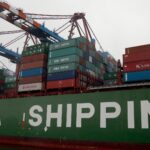
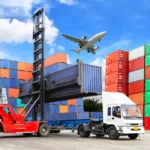
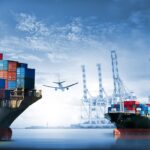
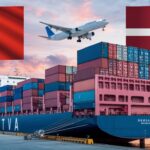
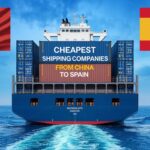
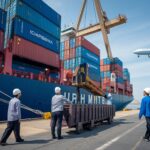
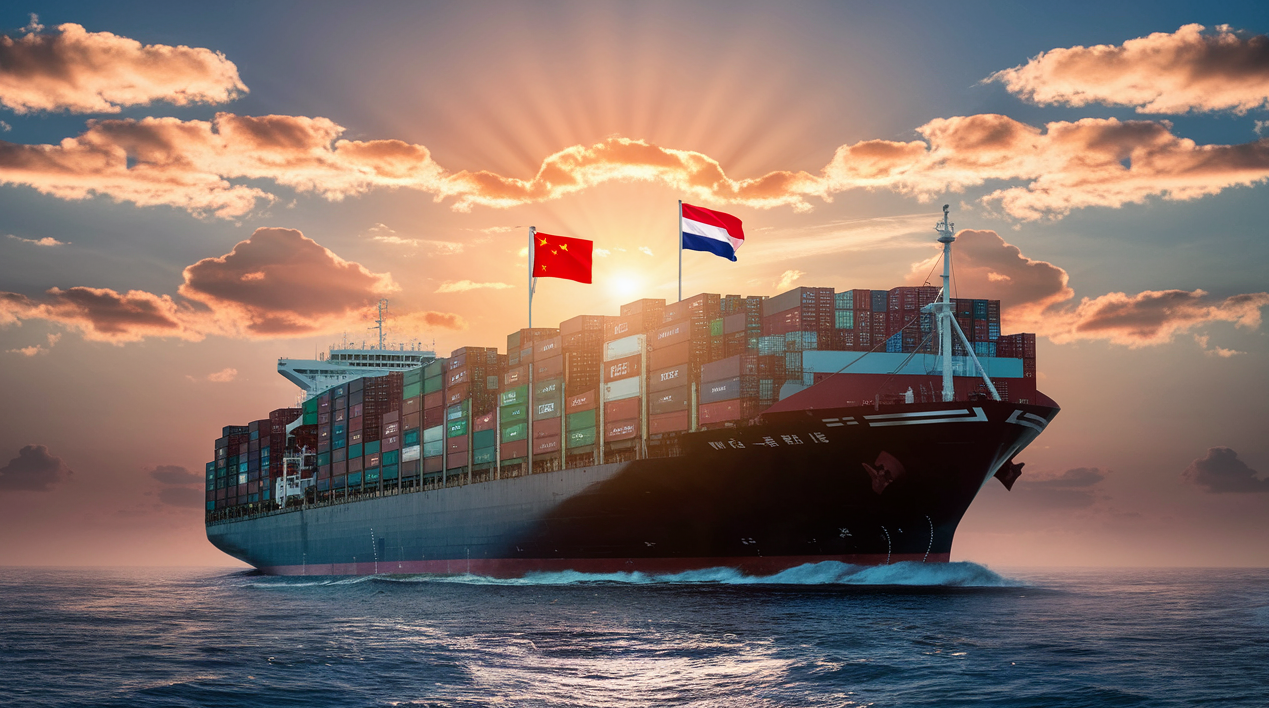
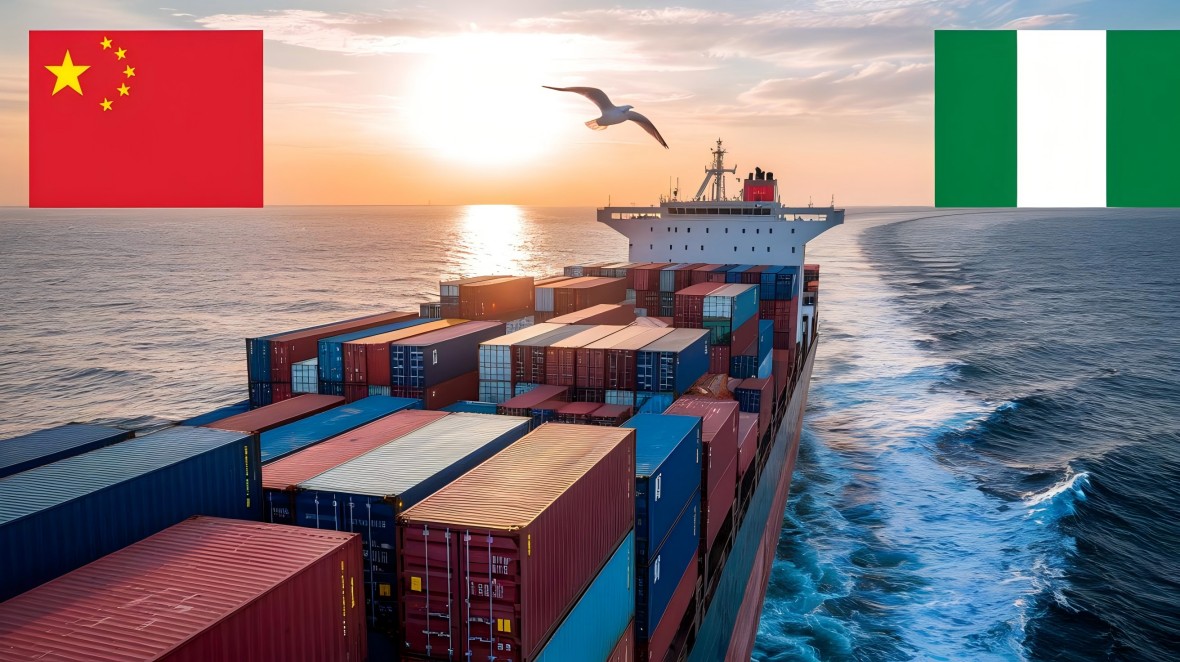
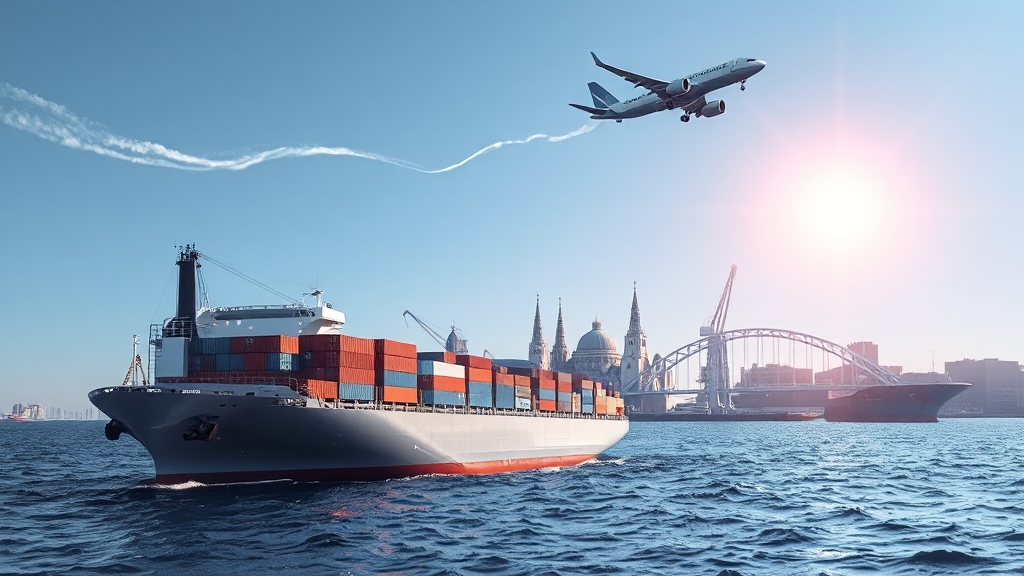
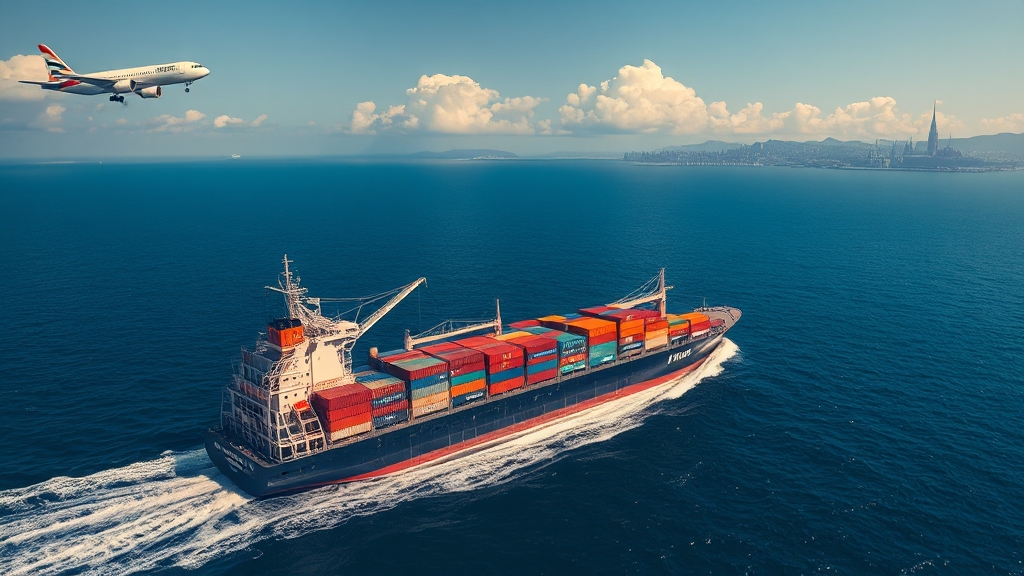
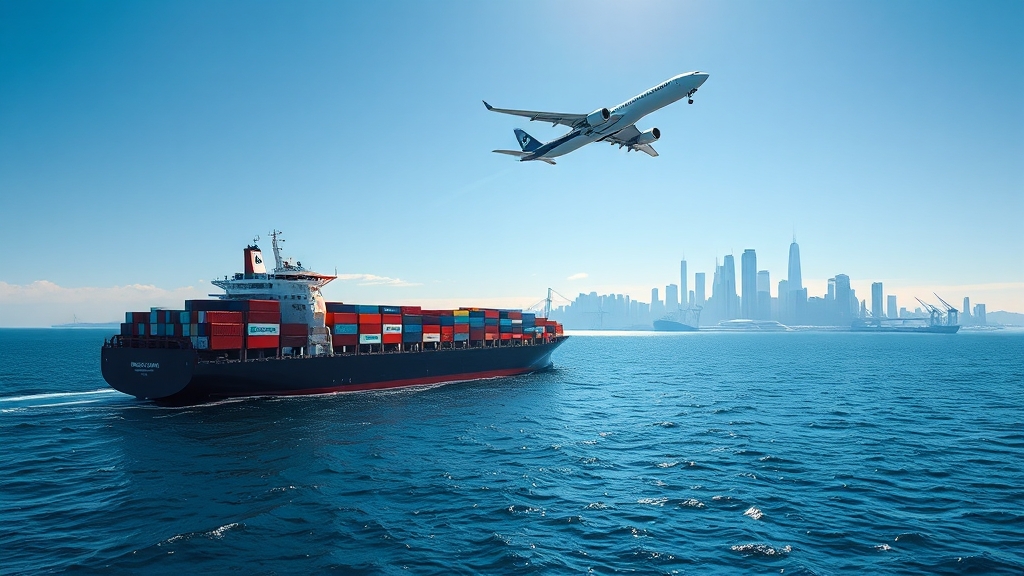





 Afrikaans
Afrikaans Shqip
Shqip አማርኛ
አማርኛ العربية
العربية Հայերեն
Հայերեն Azərbaycan dili
Azərbaycan dili Euskara
Euskara Беларуская мова
Беларуская мова বাংলা
বাংলা Bosanski
Bosanski Български
Български Català
Català Cebuano
Cebuano Chichewa
Chichewa 简体中文
简体中文 繁體中文
繁體中文 Corsu
Corsu Hrvatski
Hrvatski Čeština
Čeština Dansk
Dansk Nederlands
Nederlands English
English Esperanto
Esperanto Eesti
Eesti Filipino
Filipino Suomi
Suomi Français
Français Galego
Galego ქართული
ქართული Deutsch
Deutsch Ελληνικά
Ελληνικά Kreyol ayisyen
Kreyol ayisyen Harshen Hausa
Harshen Hausa Ōlelo Hawaiʻi
Ōlelo Hawaiʻi עִבְרִית
עִבְרִית हिन्दी
हिन्दी Hmong
Hmong Magyar
Magyar Íslenska
Íslenska Igbo
Igbo Bahasa Indonesia
Bahasa Indonesia Gaeilge
Gaeilge Italiano
Italiano 日本語
日本語 Basa Jawa
Basa Jawa ಕನ್ನಡ
ಕನ್ನಡ Қазақ тілі
Қазақ тілі ភាសាខ្មែរ
ភាសាខ្មែរ 한국어
한국어 كوردی
كوردی Кыргызча
Кыргызча ພາສາລາວ
ພາສາລາວ Latin
Latin Latviešu valoda
Latviešu valoda Lietuvių kalba
Lietuvių kalba Lëtzebuergesch
Lëtzebuergesch Македонски јазик
Македонски јазик Malagasy
Malagasy Bahasa Melayu
Bahasa Melayu മലയാളം
മലയാളം Maltese
Maltese Te Reo Māori
Te Reo Māori मराठी
मराठी Монгол
Монгол ဗမာစာ
ဗမာစာ नेपाली
नेपाली Norsk bokmål
Norsk bokmål پښتو
پښتو فارسی
فارسی Polski
Polski Português
Português ਪੰਜਾਬੀ
ਪੰਜਾਬੀ Română
Română Русский
Русский Samoan
Samoan Gàidhlig
Gàidhlig Српски језик
Српски језик Sesotho
Sesotho Shona
Shona سنڌي
سنڌي සිංහල
සිංහල Slovenčina
Slovenčina Slovenščina
Slovenščina Afsoomaali
Afsoomaali Español
Español Basa Sunda
Basa Sunda Kiswahili
Kiswahili Svenska
Svenska Тоҷикӣ
Тоҷикӣ தமிழ்
தமிழ் తెలుగు
తెలుగు ไทย
ไทย Türkçe
Türkçe Українська
Українська اردو
اردو O‘zbekcha
O‘zbekcha Tiếng Việt
Tiếng Việt Cymraeg
Cymraeg יידיש
יידיש Yorùbá
Yorùbá Zulu
Zulu